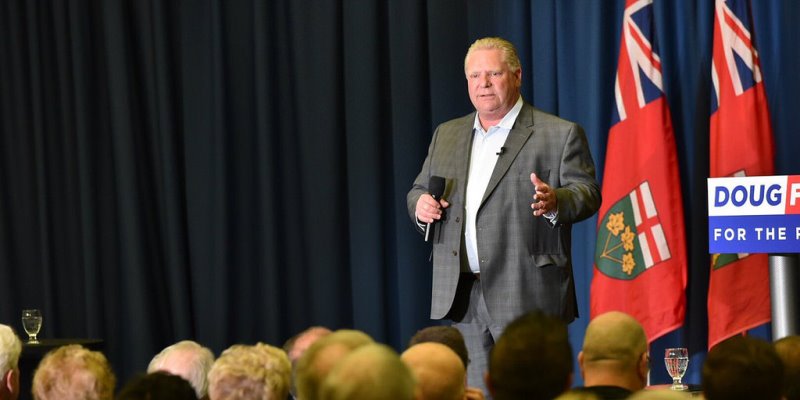Ontario consistently fails to reduce government debt after recessions

As Ontario incrementally reopens and the province continues to recover from the pandemic, the Ford government faces a dauting fiscal situation.
According to budget projections, the province’s nominal debt will rise from $440 billion in 2021/22 to $504 billion in 2023/24. In short, the steep COVID recession and resulting increase in government debt will be followed by significant new debt in years ahead.
Despite the novel nature of the pandemic, these fiscal trends actually fit a familiar pattern in Ontario. Repeatedly, we’ve seen rapid run-ups in provincial debt during recessions, followed by continued debt accumulation for several years afterwards resulting in substantial new debt—even during the recovery.
The result has been an upward trend in provincial debt over time, as debt spikes during recessions but does not recede afterwards. Then the cycle repeats itself when the next recession strikes.
Let’s look at what happened in the 1990s to see when this pattern began. Back then, the Rae government faced a steep recession when the province’s net debt-to-GDP ratio (which compares the province’s debt to the size of the provincial economy) climbed quickly, from 13.4 per cent in 1990/91 to 28.6 per cent in 1994/1995.
In subsequent years, the Harris governments’ fiscal reforms and strong growth in some years began to reduce the debt-to-GDP level, which dipped as low as 26 per cent. Notably, this is still far higher than where the ratio stood at the start of the 1990s recession. In other words, the province’s finances never fully recovered.
So when the next major economic shock struck in 2008/09, Ontario entered the recession with an already elevated debt burden. Ontario’s debt-to-GDP ratio climbed to approximately 40 per cent. Once again, however, in the aftermath of the recession, Queen’s Park took no action to bring the debt burden back down to pre-recession levels. By the time the Wynne government departed in 2018, the debt-to-GDP ratio hadn’t shrunk at all from post-recession highs.
Next, as we all know, the pandemic and recession hit, and the new Ford government faced yet another steep recession while carrying a historically elevated debt burden. In 2020/21 alone, Ontario’s debt-to-GDP ratio climbed from 39.6 per cent to 47.1 per cent.
The Ford government’s current fiscal plan shows that, like its predecessors, this government will not prioritize deficit-reduction or reverse the province’s upward debt-to-GDP trajectory. Indeed, that number is set to keep rising to 50.2 per cent by the end of the government’s plan.
All of this shows us is that today’s historic debt levels in Ontario are the result of a historic pattern. During steep recessions, governments run large deficits and see the province’s debt burden soar. But after that, little or nothing is typically done to shrink the deficit fast enough to make meaningful progress towards reversing the overall debt trend, so the size of the debt (relative to the economy) plateaus rather than falling back close to pre-recession levels. As the pattern repeats itself, the debt burden grows.
The responsibility for Ontario’s climb towards a 50 per cent debt-to-GDP ratio does not rest with any one political party. All three major parties have helped perpetuate this pattern. If the Ford government wants to change this trend, it must break from the policies of its predecessors and move quickly towards a budget balance so the debt burden on Ontarians and future generations can finally begin to shrink.
Author:
Subscribe to the Fraser Institute
Get the latest news from the Fraser Institute on the latest research studies, news and events.

